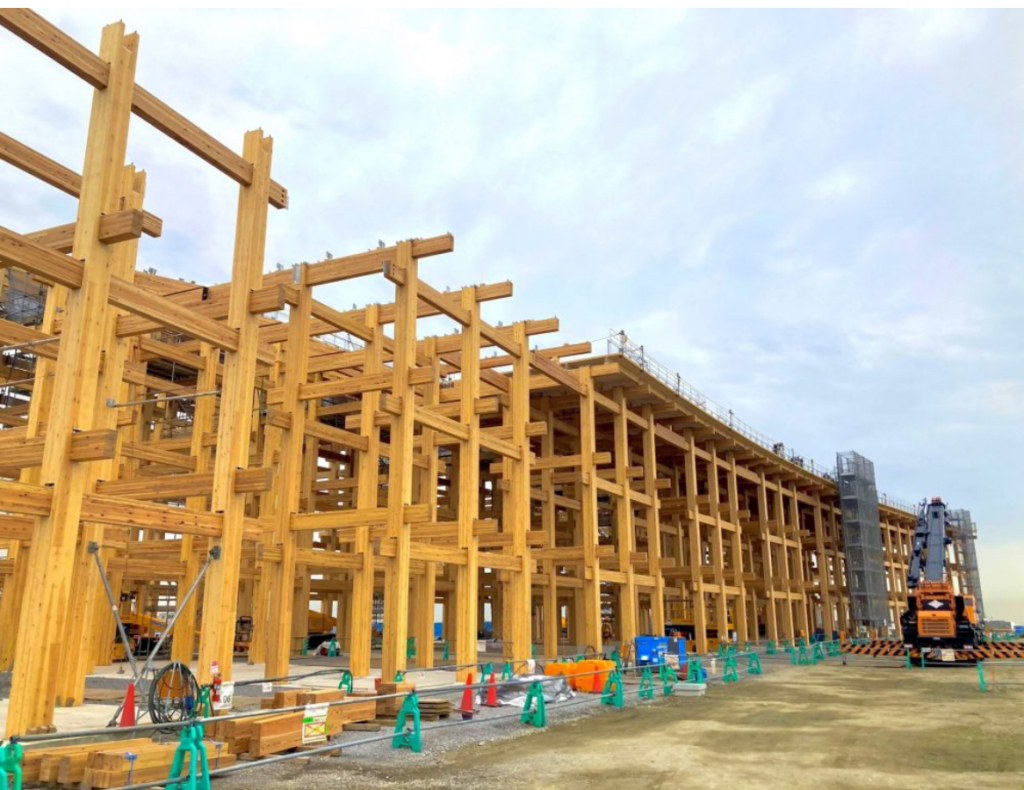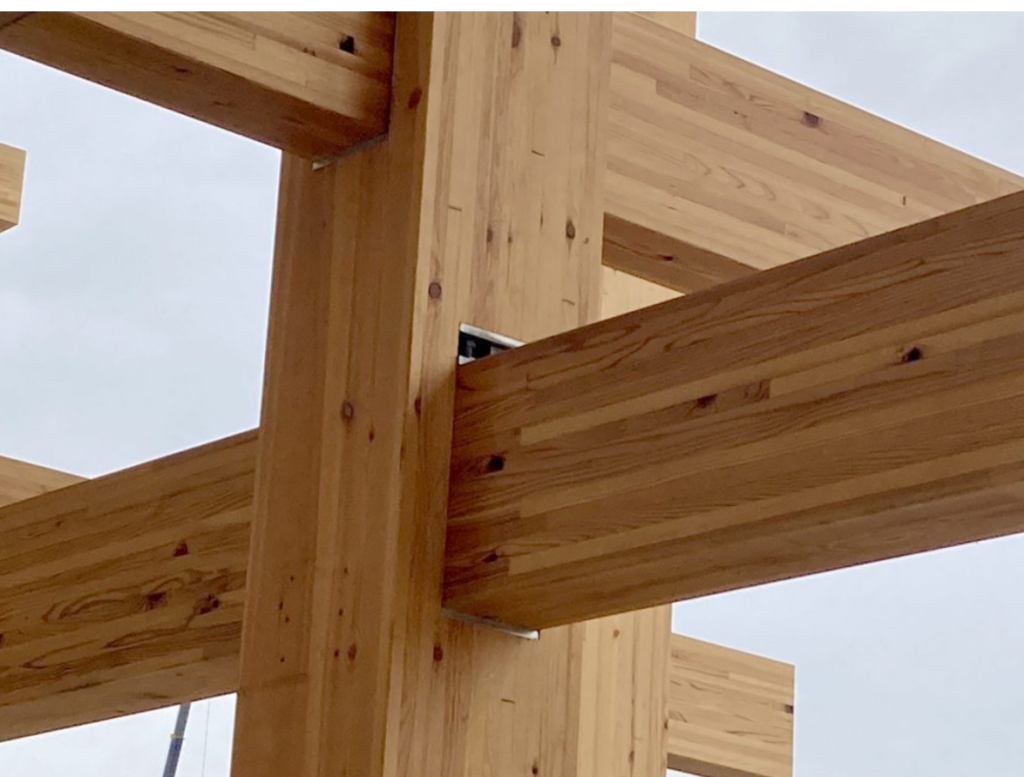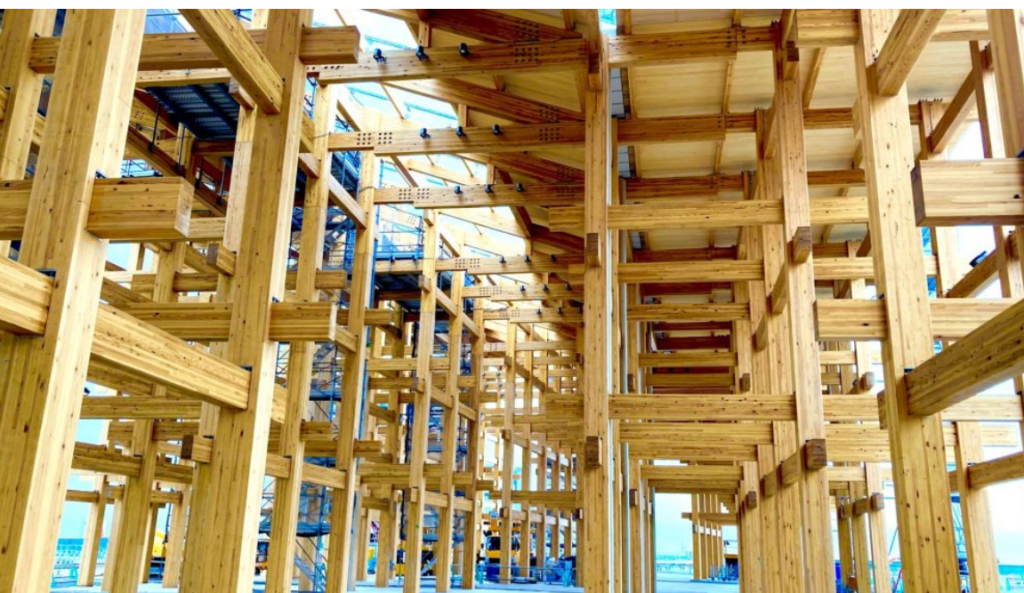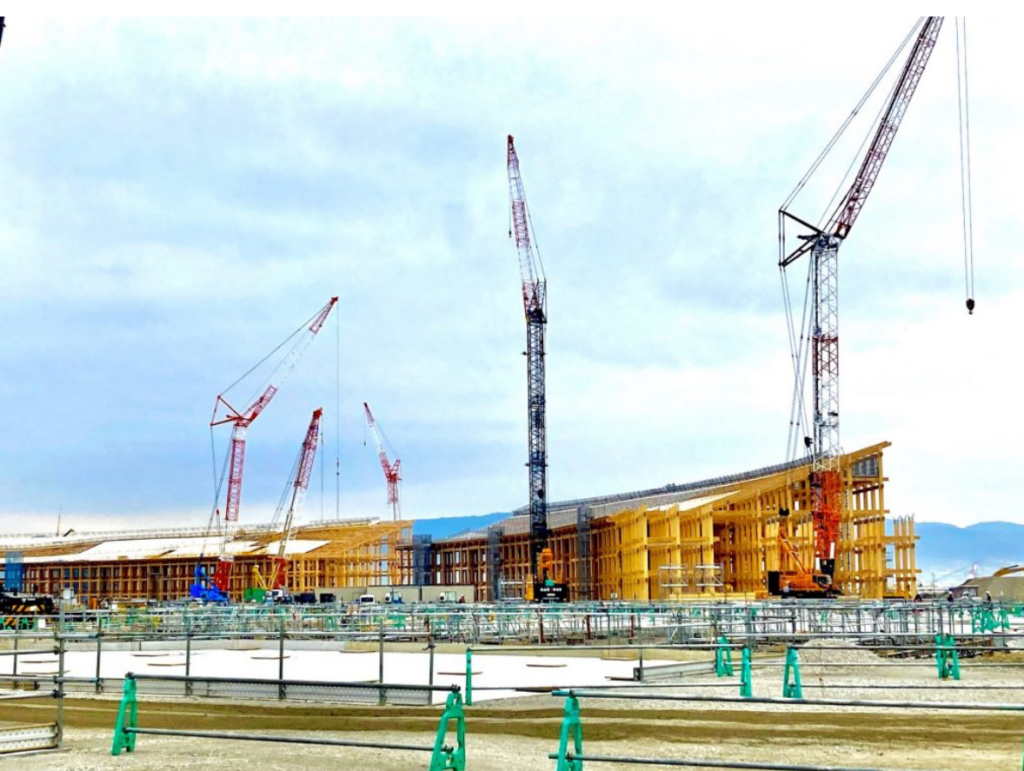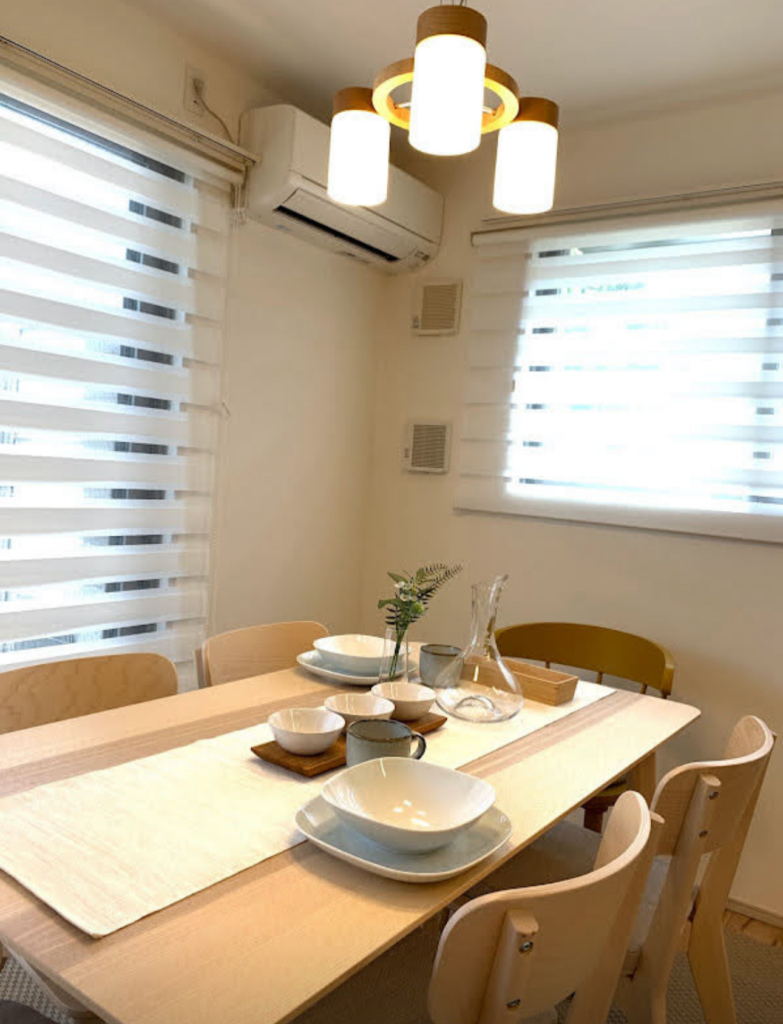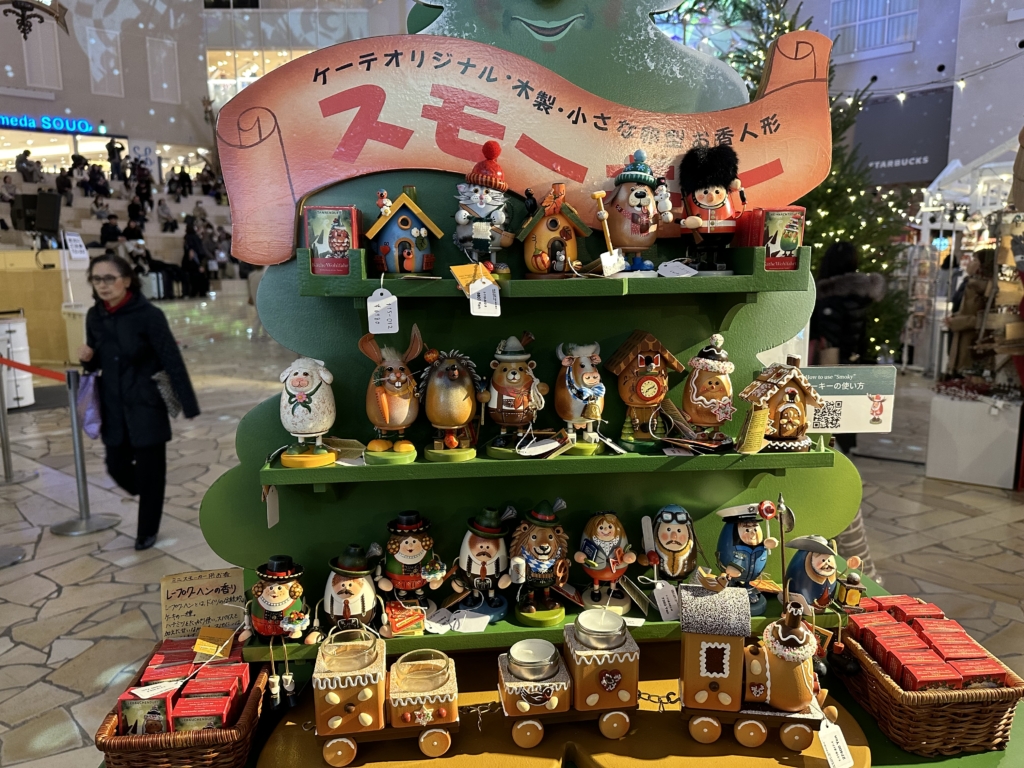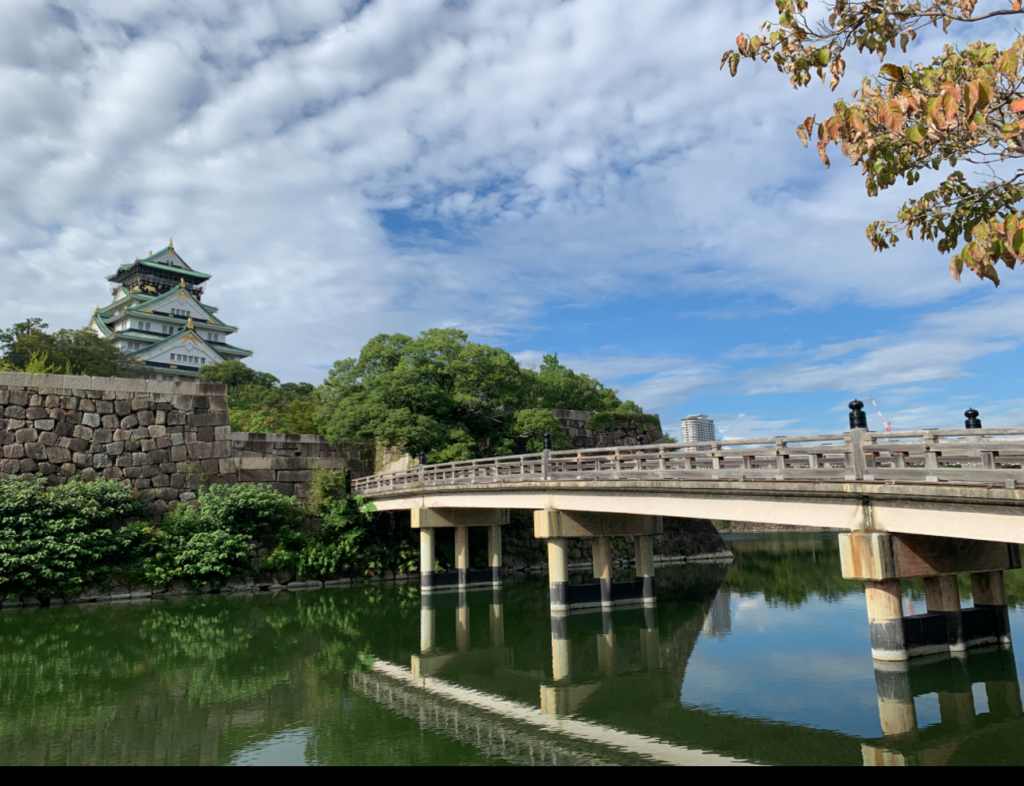In light of the recent seismic activities, I wanted to share some important safety tips for the coming days, as we might expect aftershocks or similar-scale earthquakes.
1. Evacuation Routes: It’s advisable to familiarize yourself with evacuation routes and identify nearby parks or public facilities as potential safe spaces to retreat if necessary.
2. Staying Safe Indoors: During strong tremors, it’s crucial to stay still and take cover under a sturdy table or similar safe structure to protect yourself from potential falling debris.
3. Emergency Supplies: Ensure you have easy access to emergency supplies, including a flashlight, spare batteries, a mobile charger, drinking water, non-perishable food items, and a first aid kit.
4. Staying Informed: Keep yourself updated with disaster information in English, either through reliable websites or news channels.
5. Power Outage Preparedness: In case of a power outage, remember that water pumps might not work, affecting toilets’ usability. Filling your bathtub with water can be a helpful contingency measure.

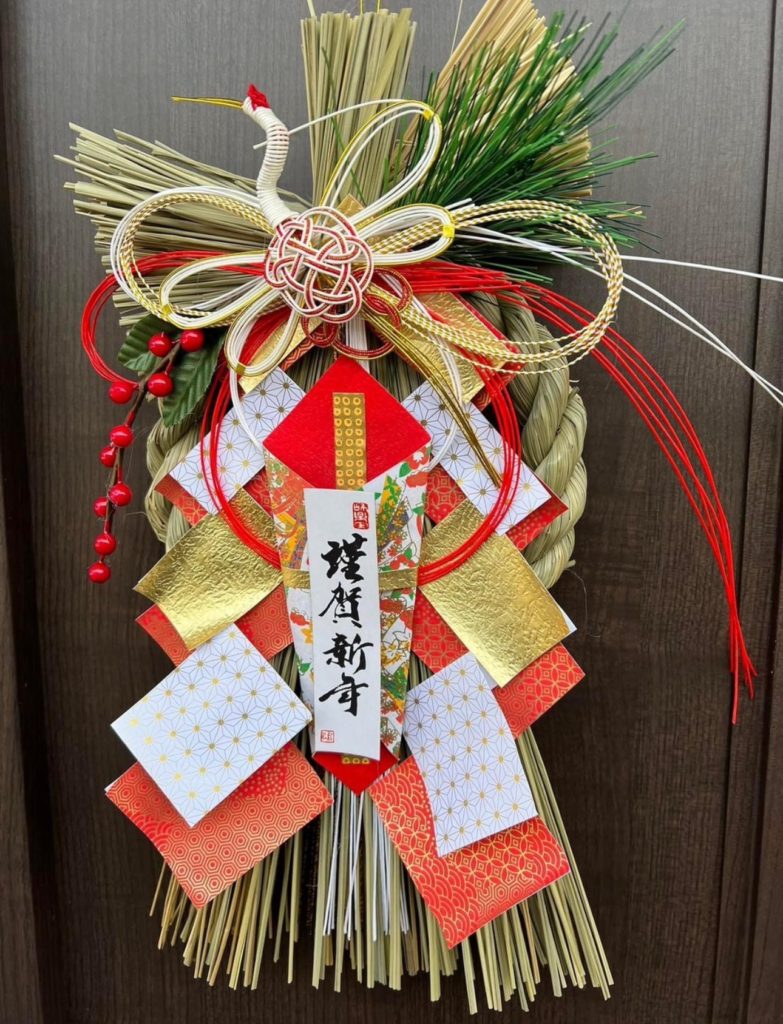
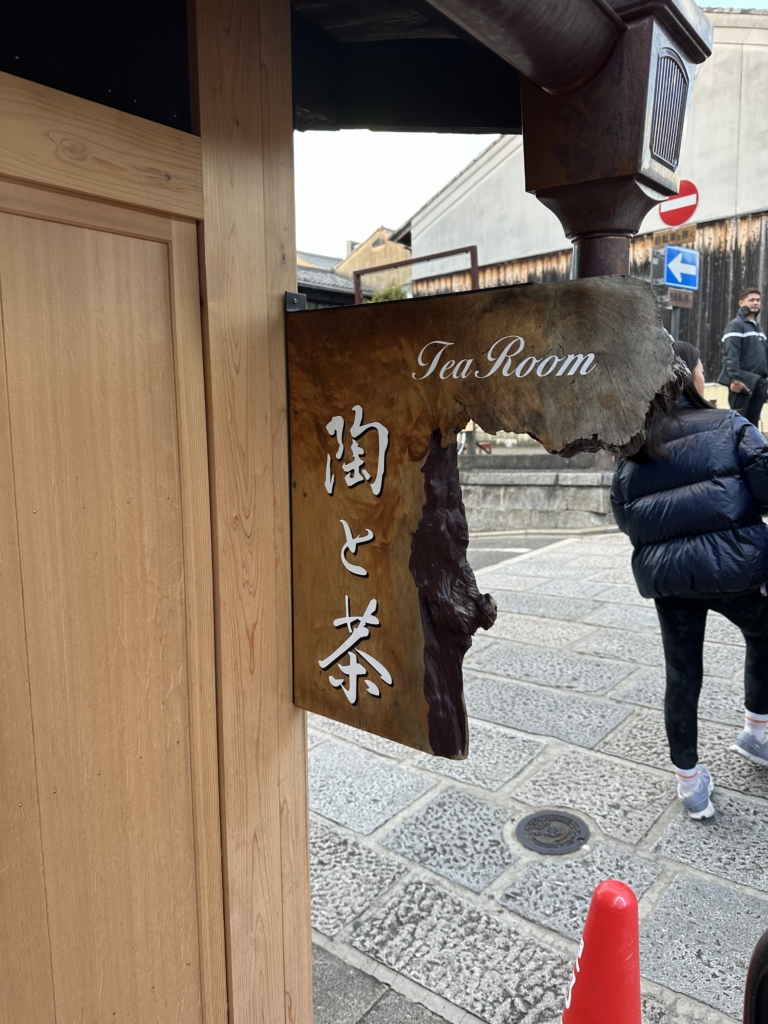
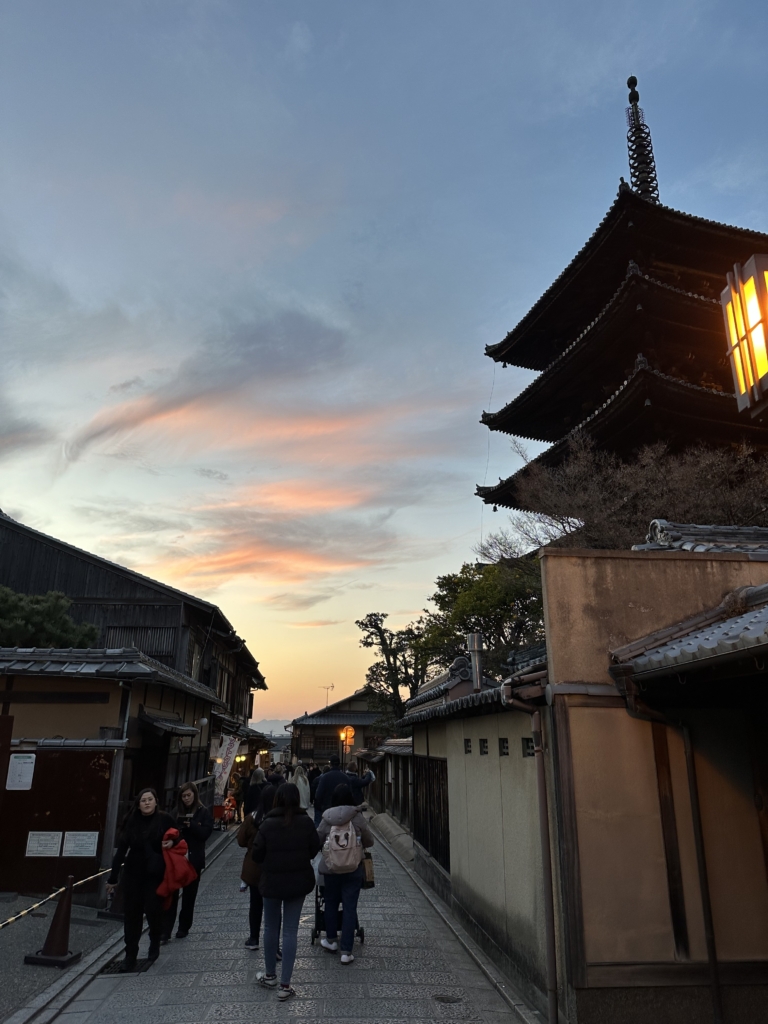
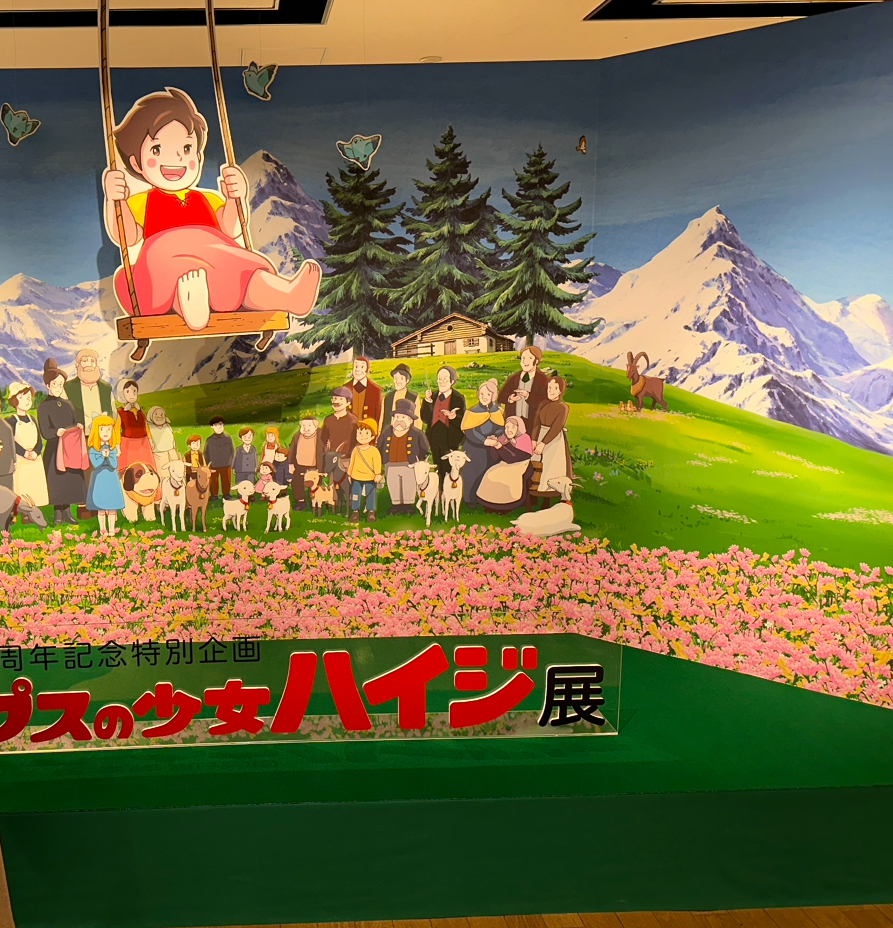
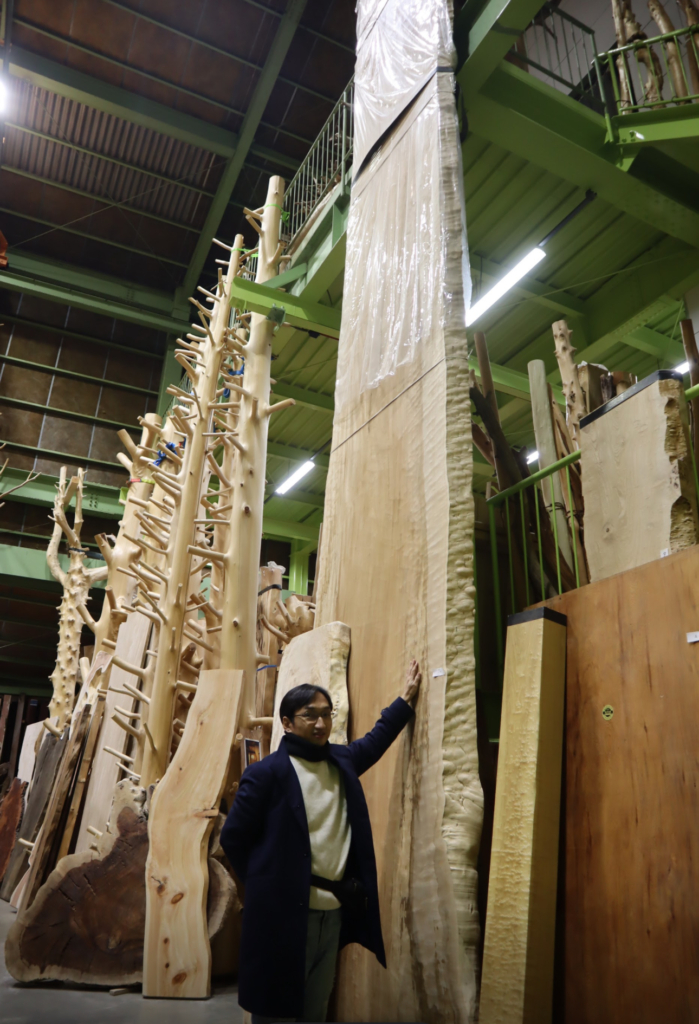
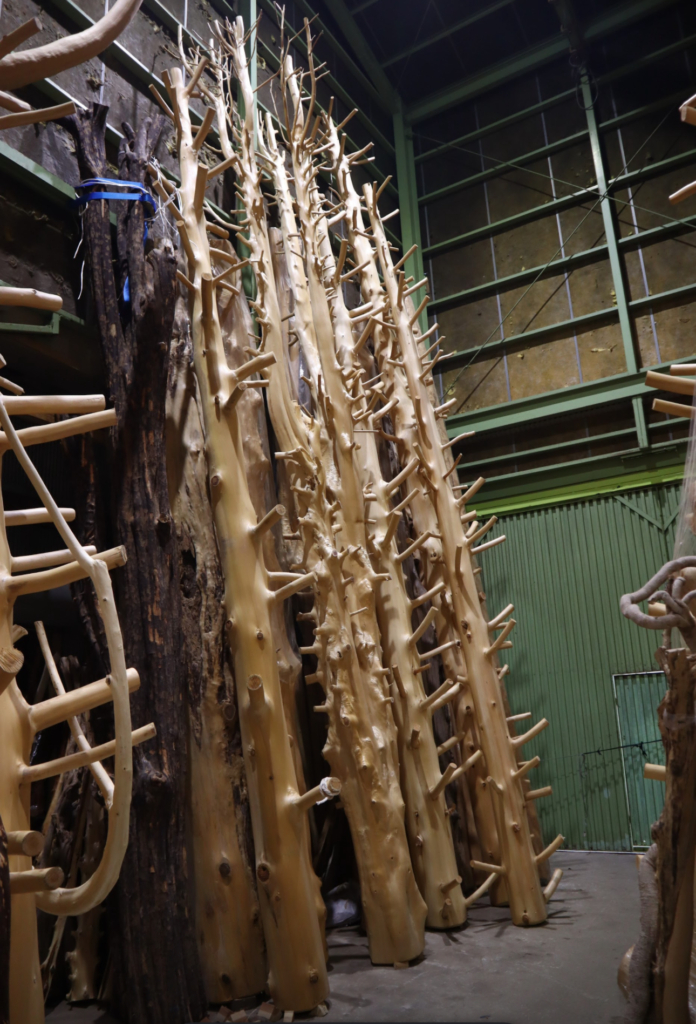
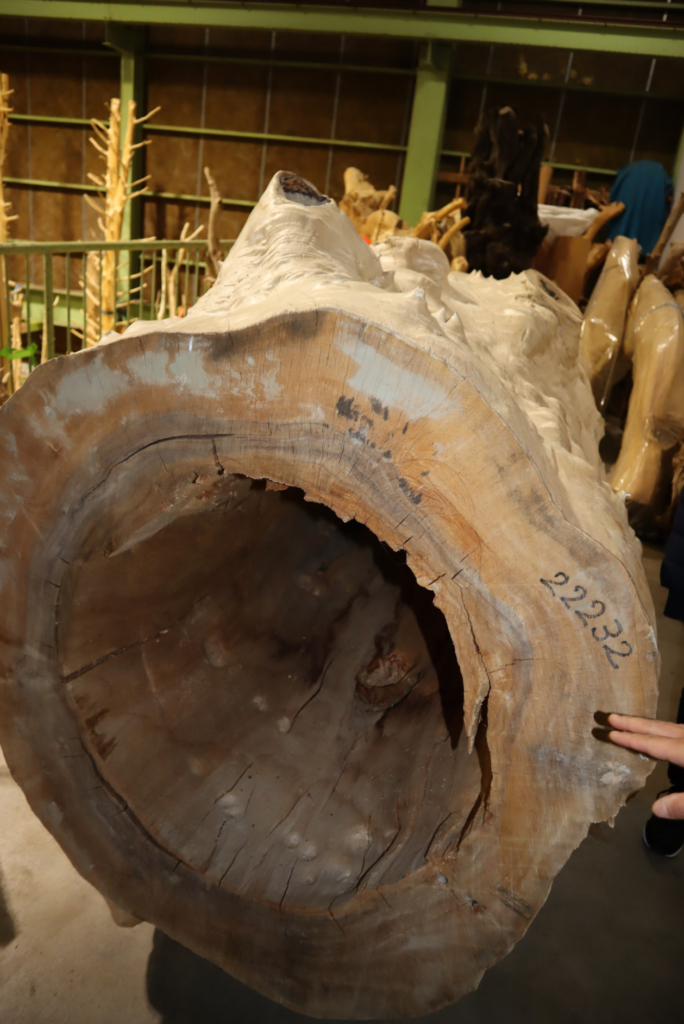
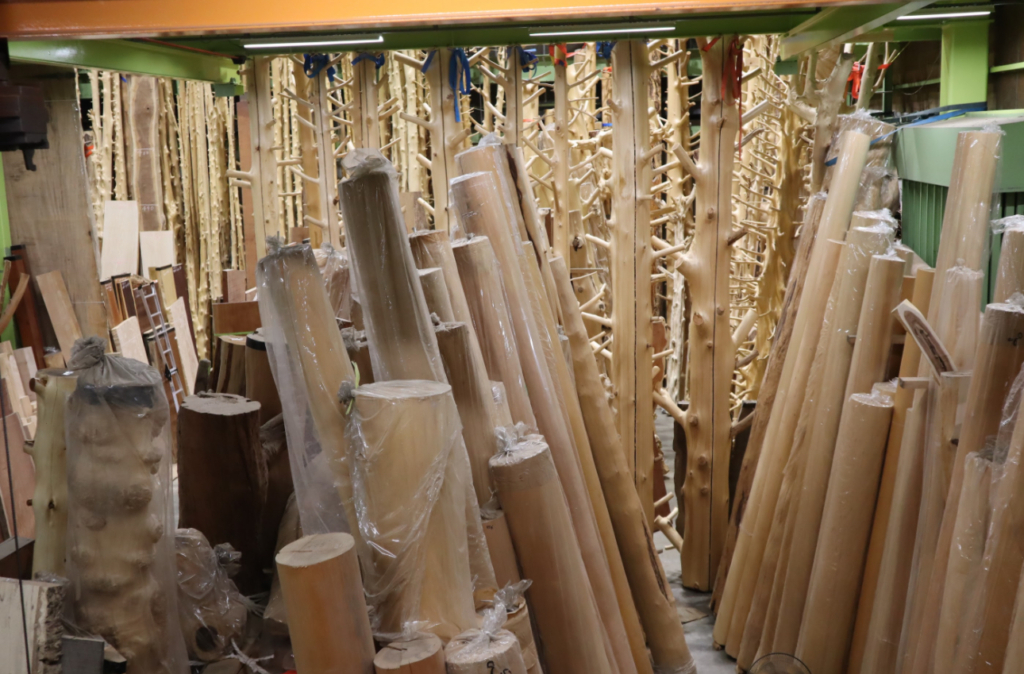

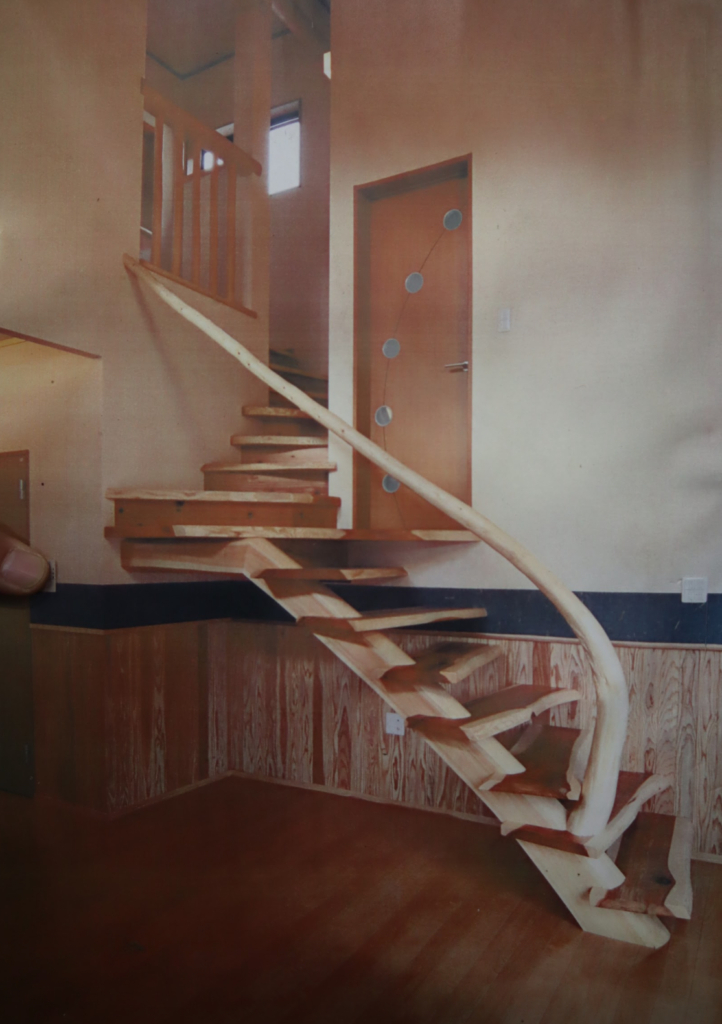
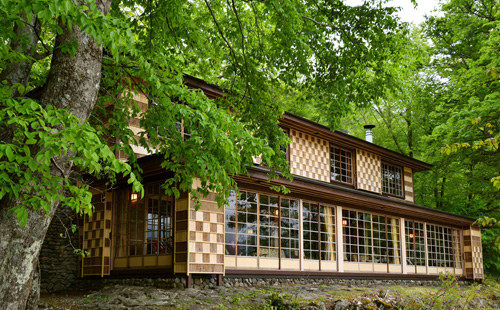
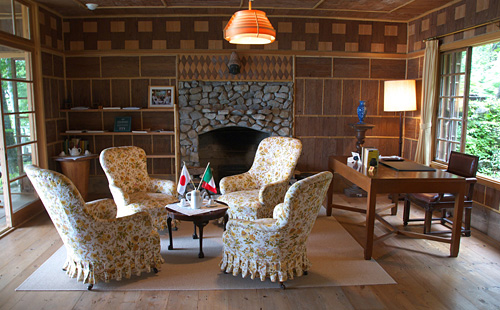
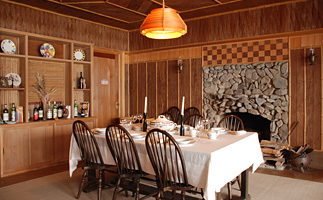 #JapaneseForests #WoodworkCraftsmanship #EcoFriendlyLiving #ExpatLifeInJapan #HeritageConservation #InteriorDesign #WoodenWonder #LivingWithNature #OsakaLiving #GreenFuture #GlobalTreasures
#JapaneseForests #WoodworkCraftsmanship #EcoFriendlyLiving #ExpatLifeInJapan #HeritageConservation #InteriorDesign #WoodenWonder #LivingWithNature #OsakaLiving #GreenFuture #GlobalTreasures